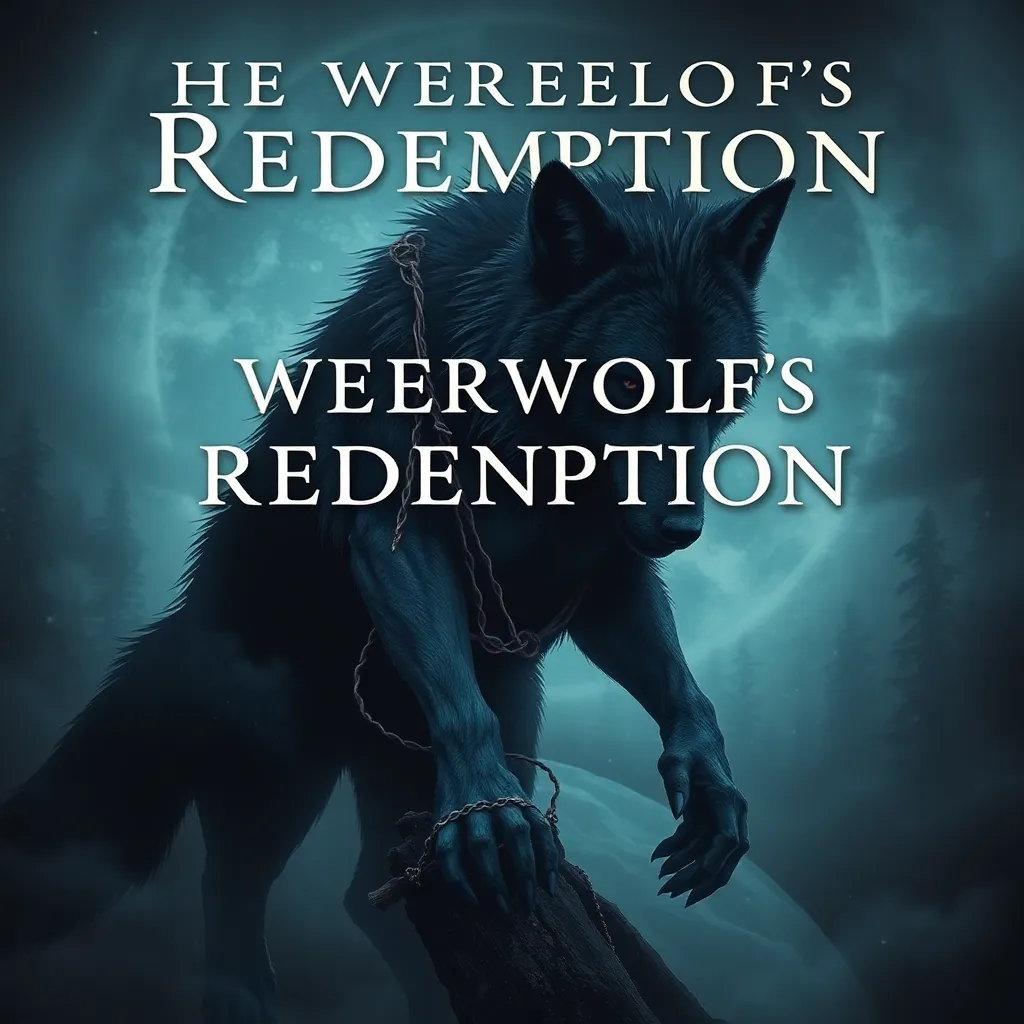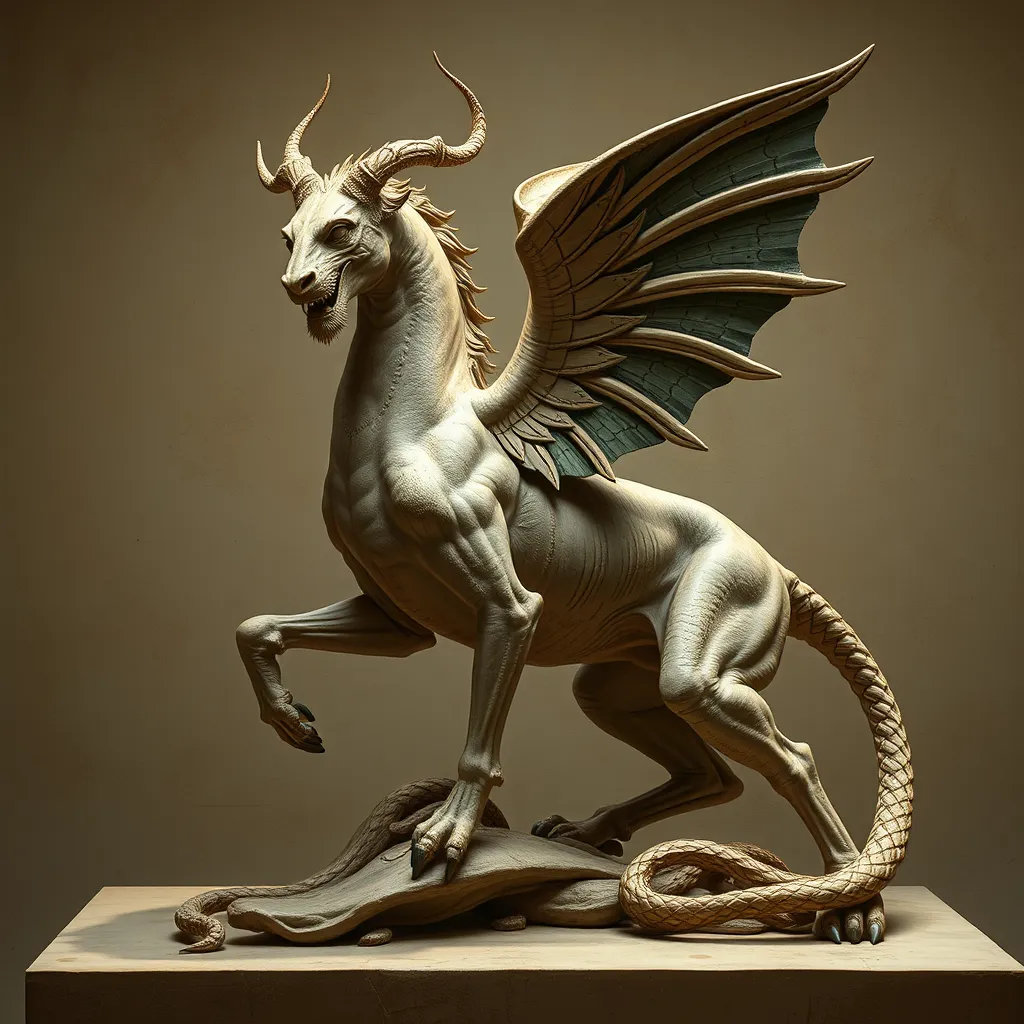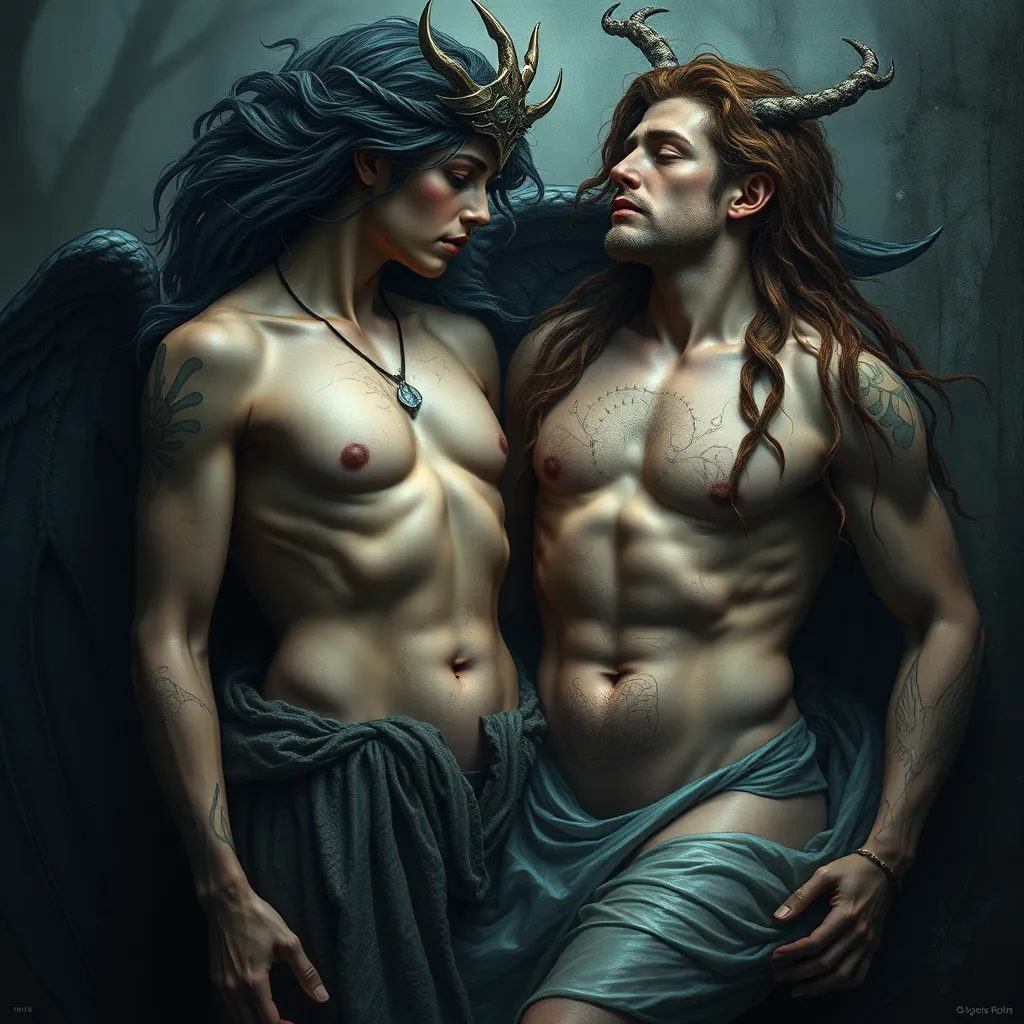The Werewolf’s Redemption: Exploring the Possibility of Breaking the Curse and Finding Humanity
I. Introduction
Werewolf mythology has captivated cultures around the world for centuries. These legends often depict a transformation from human to beast, embodying a struggle between our civilized selves and primal instincts. The duality of the werewolf serves as a powerful symbol of humanity’s internal conflicts, illustrating the battle between our higher moral aspirations and our base desires.
This article delves into the themes of redemption and the quest for humanity within the werewolf narrative. We will explore how characters strive to break free from their curses and reclaim their humanity, reflecting deeper existential questions that resonate with many of us today.
II. The Origin of the Werewolf Myth
The werewolf legend can be traced back to ancient civilizations, with historical accounts emerging from various cultures, including:
- Greek mythology, with tales of Lycaon, who was transformed into a wolf by Zeus.
- European folklore, where werewolves were often seen as cursed individuals or witches.
- Native American legends that sometimes depict skin-walkers, shapeshifters that can take on animal forms.
In folklore and literature, werewolves symbolize the struggle between man and beast, often representing the darker aspects of human nature. The curse of lycanthropy can be viewed as a metaphor for internal struggles such as:
- Desire versus restraint
- Instinct versus reason
- Isolation versus community
III. The Psychological Implications of the Curse
The transformation into a werewolf involves profound physical and mental changes. These changes are not merely external but often lead to a significant psychological shift. The cursed individual may experience:
- Intense feelings of anger and aggression
- A loss of control over one’s actions
- Severe guilt and shame post-transformation
This internal conflict impacts identity and self-perception, leading to a struggle between primal instincts and moral consciousness. Werewolves often grapple with their dual identities, feeling disconnected from both their human and beastly natures.
IV. Pathways to Redemption: Breaking the Curse
In many werewolf stories, the quest for redemption is a central theme. Common narrative threads include:
- Seeking a cure for lycanthropy through magical means or ancient rituals.
- Finding inner peace and self-acceptance as a way to control the beast within.
- Forming connections with others to overcome isolation and loneliness.
Characters who seek to break their curse often have compelling motivations, such as the desire to protect loved ones or to reclaim lost humanity. Key to this journey are:
- Love: Many narratives show that love can be a transformative force that helps the werewolf regain control.
- Sacrifice: Characters often face difficult choices that require them to sacrifice their desires for the greater good.
- Self-acceptance: Embracing all facets of their identity, including their darker side, can lead to true redemption.
V. The Role of Community and Support
The journey toward humanity is rarely solitary. Relationships play a crucial role in the redemption arc of werewolves. The significance of community includes:
- The strength derived from supportive relationships that encourage self-acceptance.
- The impact of societal acceptance or rejection, which can either hinder or facilitate the werewolf’s journey.
Throughout werewolf narratives, allies and mentors often emerge, helping characters navigate their transformations. These figures can provide guidance, understanding, and unconditional love, which are vital for overcoming the curse.
VI. Modern Interpretations of Werewolf Redemption
In contemporary literature, film, and television, werewolves are often portrayed as tragic figures rather than mere monsters. This shift reflects a growing recognition of the complexities of mental health and personal trauma. Modern interpretations include:
- Exploration of the werewolf’s struggle with mental illness and the search for coping mechanisms.
- Depictions of werewolves as misunderstood creatures seeking acceptance and understanding.
- A focus on the duality of the werewolf as both a monster and a victim, emphasizing the relevance of these stories in discussions about identity and trauma.
VII. The Philosophical Debate: What Does it Mean to Be Human?
The werewolf myth raises profound questions about what it means to be human. Key considerations include:
- The criteria for humanity: Is it defined by rational thought, emotional capacity, or moral choices?
- The moral implications of the werewolf’s choices: Are actions taken during transformation still accountable?
- The balance between animalistic nature and civilized behavior: Can humanity coexist with primal instincts?
VIII. Conclusion
The journey of the werewolf toward redemption is a timeless narrative that resonates with the human experience. It reflects our struggles with identity, morality, and the quest for acceptance. By embracing our darker aspects, we can find true humanity and connect with others on a deeper level.
As we continue to explore these myths, we uncover not only the stories of monsters but also the profound truths about ourselves and our shared humanity.



